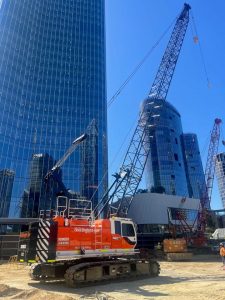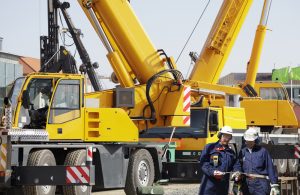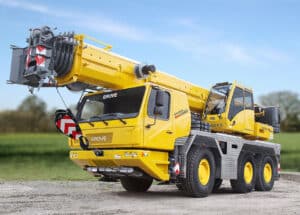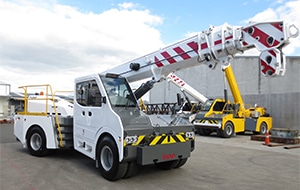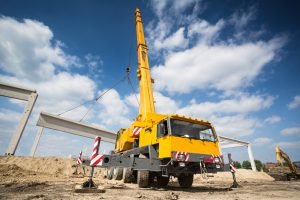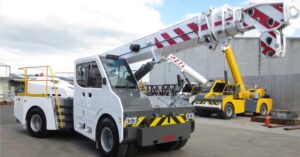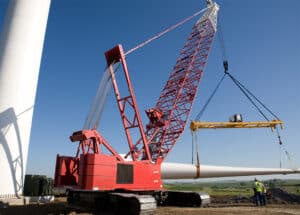Crane Hazards and How To Avoid Them
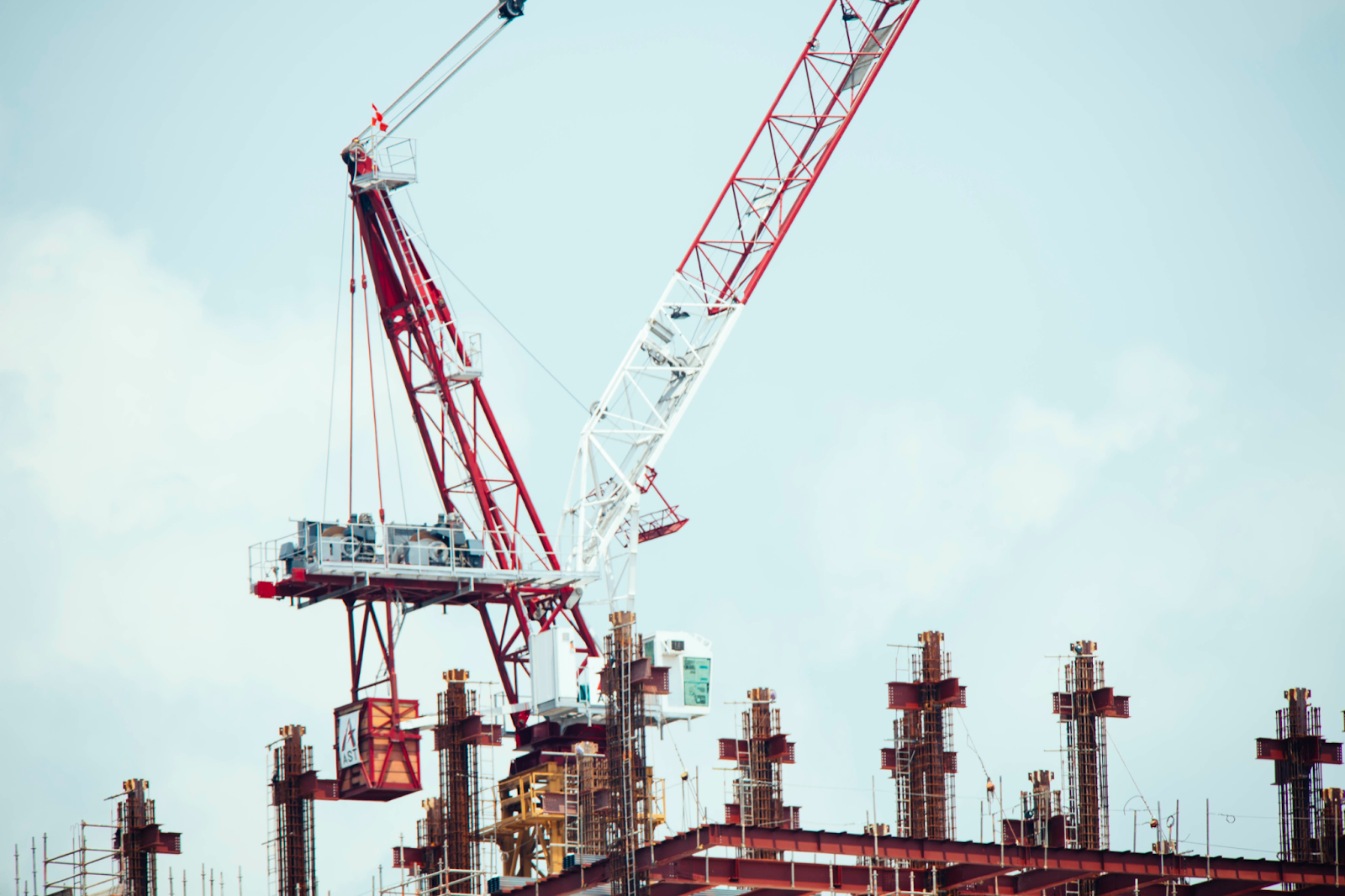
Cranes can be used to great effect in the workplace, however, it is important to understand the risks and proper safety protocol when using them. Any lack of training resulting in accidents will nearly always fall in the hands of the employer. It is extremely important to understand the 5 main hazards that occur in the workplace everyday due to lack of preparation and disregard for basic principles. An employer can begin to identify their hazards by deciphering which issues apply to them and when and where they will happen before they do.
All workplace safety is important, but crane safety in particular is critical because of how devastating accidents related to cranes can be. Below are some key hazards that are obvious but are often overlooked in many operations. A simple checklist devised by management can make all the difference and will prevent the seemingly slim chance of catastrophe happening.
Common Crane Hazards
Crane operators, and those working around them, should be taught what the most common crane hazards are. Being aware of these risks will help ensure that everyone is watching out for them, and taking steps to avoid them whenever possible. The following are some of the hazards that all crane safety plans should take into account because of how frequently they can occur, and how serious they can be:
- Electrical Hazards – Cranes operate at great heights, which puts them in a terrible position for accidentally hitting electrical lines. The metal in the crane is an excellent conductor, and can cause fatal electrocution that can end in catastrophe. Crane operators must be aware of where every electrical line is at all times, this boils down to thorough preparation of the lifting site. Measuring the radius of the crane will highlight all electrical hazards that will potentially come into play.
- Materials Falling – Every load that a crane lifts needs to be properly secured. But even when the loads are secured, there is always a risk of something falling off. Those below the crane should avoid working in the area, and wear hard hats and other appropriate PPE when it is unavoidable. Signs, taping, and barriers can all be useful tools to highlight areas of concern for workers.
- Overloading a Crane – Cranes can lift an incredible amount of weight, but they are not without their limits. Crane operators, and those that load cranes, need to know precisely how much weight it can handle, and exactly how much weight they have added at any given time. Most experienced crane operators are aware that certain weights can be extended a limited range however there are always risks involved. Overloading a crane can cause it to tip over, or to drop the load, which can have devastating consequences. Surveying the surface the crane is on can decide how much can be lifted.
- Crane Movement (pinch points) – Cranes often need to twist or move to get the load where it needs to go. This can create pinch or crush points where someone could be seriously injured. Making sure there is sufficient room for operation is extremely important especially when work areas are confined.
- Dropped Loads – If a crane drops its load, whatever is under it will be crushed. Even vehicles or structures can be crushed from the impact of a heavy load dropped from a significant height. Nobody should work directly under a crane load for any reason, even with PPE. Equipping employees with radios enables them to communicate with the operator to know when and when isn’t a safe time to go underneath the boom.
For more information on how to avoid these hazards, visit crane safety.
If your company is looking to obtain new or used cranes visit https://trtaustralia.com.au/ .
